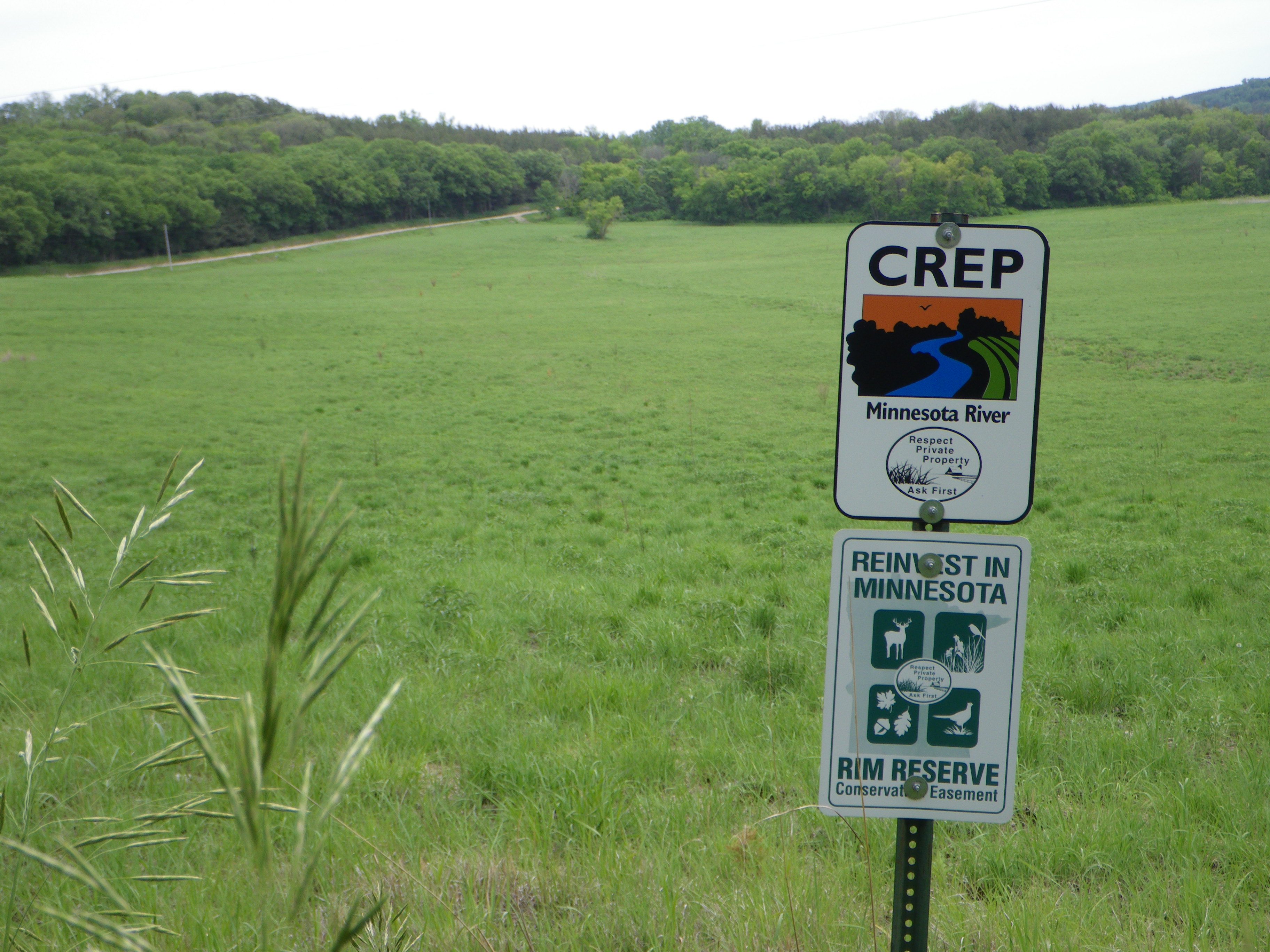Restoration Efforts
Introduction
Water quality in the Minnesota River has shown many signs of improvement since 1992 when Governor Arne Carlson said he wanted it swimmable and fishable in ten years. Even though we haven’t reached that milestone yet, there has been a lot of progress across the basin. Here is a collection of success stories and restoration efforts providing a picture on what has been accomplished. Look for ideas that might inspire you to continue this conservation legacy.
If you have a story please share it with others by sending it by email mrbdc@mnsu.edu and we welcome photos, video and other media related to your restoration effort.
In the City Conservation Ideas
Urban areas present a wide range of pollution problems as a result of impervious surfaces (buildings, roads, parking lots, sidewalks, etc.), construction sites, the use of fertilizers and chemicals to maintain grass, pet and wildlife waste, and many other sources. Find ideas on what you can do whether it is installing a rain garden or rain barrel, conducting a Clean Up for Water Quality, making sure you properly disposal of unused medication, or developing a stormwater stencil program (photo below taken by Brooke Patterson).
Send us ideas for other Urban Conservation Practices by email to mrbdc@mnsu.edu share with others in the Minnesota River Basin and beyond.
On the Farm Conservation Ideas
Farmers, landowners and others have been installing Best Management Practices (BMPs) and setting aside land in conservation easements for many years. We see it in the amount of residue left on croplands, the 100,000 plus acres enrolled in the Conservation Reserve Easement Program (CREP), and thousands of smaller BMPs like water sediment basins, filter strips and feedlot gutter systems. We have highlighted some of the practices being used in rural areas.
Send us ideas for other Rural Conservation Practices by email to mrbdc@mnsu.edu share with others in the Minnesota River Basin and beyond.

One of the many CREP areas in the Minnesota River Basin. This former cropfield is located in Renville County.
